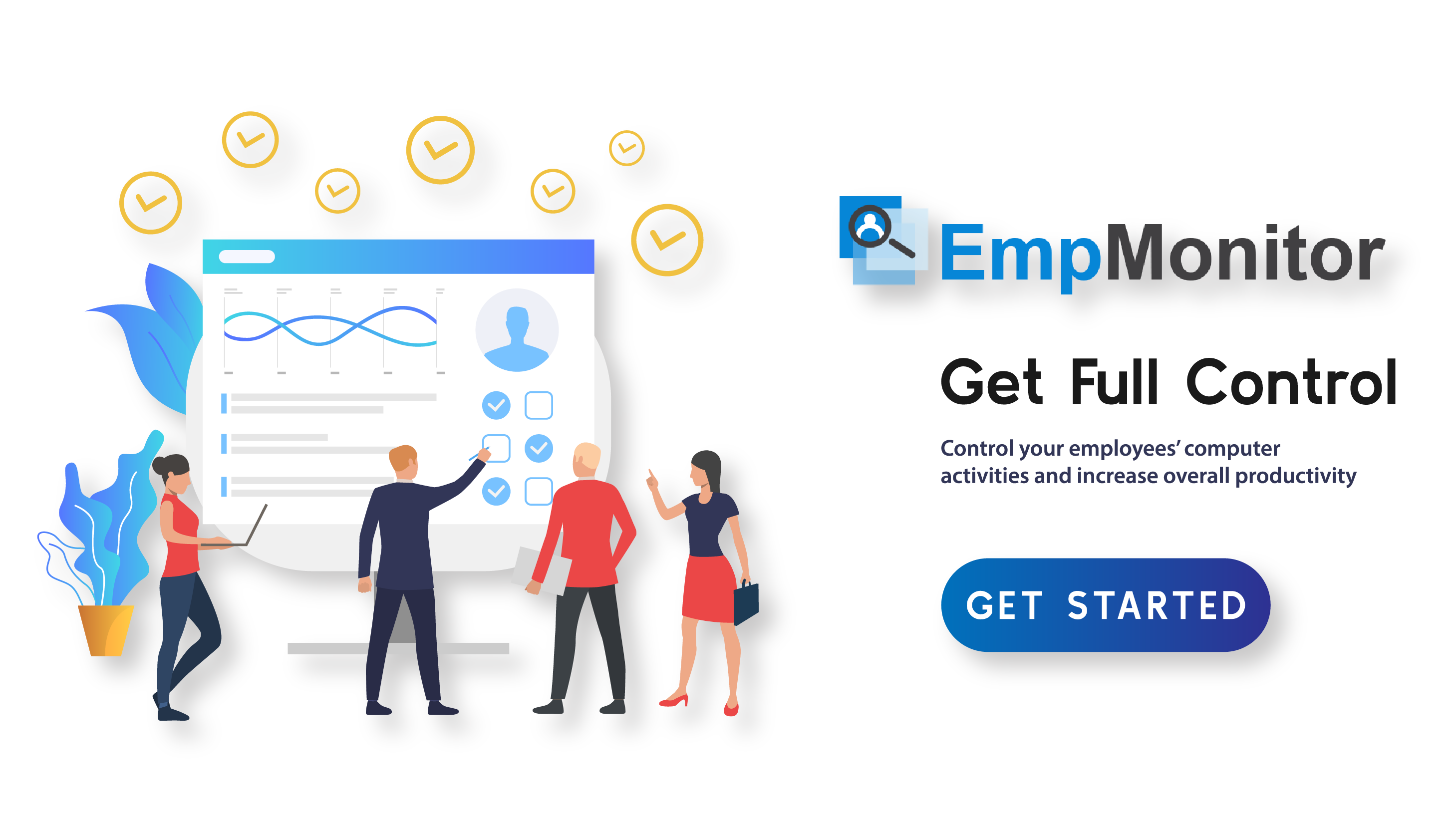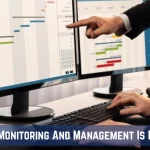Before learning about the uses of behavior analytics in various fields, let us first briefly understand what is user behavior analytics and what is behavior analytics?
User behavior Analytics(UBA)/ User and Entity Behavior Analytics(UEBA)
UBA is a cybersecurity technology that traces a system’s users to identify targeted attacks, insider threats, and financial fraud by applying monitoring tools before a data breach, facilitating threat detection and constant risk assessment without clogging the end-user experience.
It relies on automated examination of big data to recognize and stop potential cyberattacks in real-time. Big data platforms are increasing UBA functionality by analyzing petabytes worth of data to discover advanced persistent threats.
What is Behavior Analytics?
Behavior Analytics or behavioral data analytics is a part of data analytics/ business analytics that accumulates relevant insights into the user behavior on eCommerce platforms, web, mobile applications, online games, and IoT.
It focuses on recognizing opportunities for optimizing and realizing targeted business goals.
Digital behavior analytics recognize consumer behavior to deliver accurate predictions about their behavior for advertising their products and services for successful conversions at the best time.
It enables marketers to make the right offers to the right consumer segments at the right time.
The most constraining question on a product manager’s mind is, “ are people using my product?” and vanity metrics like daily active users and sessions are not dependable references to answer this question.
Understanding behavior analytics is essential to strengthening engagement, retention, conversion rates, lifetime value, including revenue.
This thorough analysis to understand the impact of your business decision is behavioral analysis.
Customer-centric teams use customer behavior analytics for their product decisions and strategy to gain insights into their user’s challenges.
Events are the building blocks of this behavioral analysis that unravels how customer engagement impacts retention, conversion, and revenue.
Events represent any activity associated with the user.
Sending optimal event data to your analytics platform is the most crucial step in learning how your users are engaging with your product.
Remember, implement your analytics carefully to get the best value of your data.
Start off analyzing the right way-
How to Start Using Behavior Analytics the Right Way
1. Define your Business and Analytics
Plan the business objectives that you want to achieve.
Establish the key performance metrics (KPIs)you need to focus on, like- increase onboarding conversion, increasing retention for paying customers or increase in checkout funnel conversion
Before starting data taxonomy, define KPIs to send an accurate event to the best project for KPI tracking.
2. Map Out Critical Paths in Alignment with Your Goals.
Critical paths are a sequence of actions a user takes that align with your product’s purpose.
For an e-Commerce Product-
Search → Browse Products → Add to Cart → Checkout → Order Confirmation
For a Gaming App-
A critical path is when a user opens the app and registers for a gaming tutorial.
Four distinct events in onboarding flow for gaming app will be-
user opens app >> user registers >> user verifies account >> user completes tutorial
You can break this path into a series of events like-
‘App Open’, ‘Registration – Personal Info Populated’, ‘Registration – Avatar Selected’, ‘Registration – Complete’, ‘Game Tutorial – Started’, and ‘Game Tutorial – Watched’.
Make sure to track events answering your business and analytics goal, and add /update more events later as the goals evolve.
3. Understand User Identification Process
Most analytics platforms require configuration with some identifier– a username or email to match data from multiple devices and sessions to one user.
Hence, the user ID must remain constant.
Another important aspect is when a user signs in, most of the analytics count unique users when they ‘see’ a new device or a new user ID.
A challenge arises when a device ‘anonymously’ logs an event performed by a user already in the system.
4. Decide on Cross-Platform Behavior Analytics
Should you tie your data together or separate it on multiple platforms?
Answer this before moving ahead!
Make sure your analytics solution can implement cross-platform instrumentation if you aim to understand user behavior across the entire journey.
If you’re expecting different behavior across platforms, cross-platform instrumentation should not be a priority.
5. Establish the ‘Minimum Viable Instrumentation’
Once you set up your analytics and organize your events, it’s time to start accessing basic app metrics.
You should now integrate analytics solution’s mobile SDK or HTTP API and assign user IDs.
6. Track Events
Start tracking the events and critical paths.
You don’t have to track every action in your app, but track events that are necessary steps in onboarding, conversion, and retention.
7. Set user properties and event properties.
Assigning user properties and event properties is vital for gaining profound acumen into customer behavior.
A user property describes attributes of a person using your app (e.g. age, gender, location).
An event property describes a property of an event (e.g. how long someone performs the event).
8. Verify whether Events are Properly Tracked
To verify if you have implemented everything accurately, use a test device to progress through the app.
If you can view your analytics in real-time, you should see the device firing events at every step.
Once your test data works, start sending live data.
9. Start User Behavior
Instrumenting user behavior events is a meaningful investment in giving your team access to the data they need to measure the impact of product decisions. Start your journey for more successful decisions.
Behavior Analytics Usage
In Cybersecurity
Behavior analytics is user and entity behavior analytics or UEBA in cybersecurity.
UEBA can sift through an entire organization’s data to generate high-quality leads for security analysts to estimate for saving time and money.
UBA keeps a close watch on activities performed- from apps used to network activity and most critical files accessed, everything gets tracked regardless of whether the activities are coming from an insider, hacker, or even malware.
Cybersecurity uses rule-driven((an important part of a layered analytics security approach) frameworks to detect possible cyber threats.
Behavior analytics practices complex machine learning algorithms to parse user and entity data across an enterprise and discover unexpected behavior pointing to a potential security breach.
Although UBA won’t thwart hackers from going inside your system, it can depreciate the damage by warning the security department of any abnormal behavior exhibited by employees.
One of the most beneficial applications of behavioral analytics in cybersecurity is recognizing insider threats from employees, detecting APTs(advanced persistent threats which facilitate escaping triggering rules for persistence in access), and detecting zero-day attacks. Zero-day attacks are new attacks that haven’t been used before and have no rules written to detect them.
Threat detection and data leak prevention is the prime precedence of all organizations considering the immediate remote work situation, and otherwise also.
These are the gist concerns of cybersecurity of every organization.
As employees have passage to sensitive information, defense rules are often not triggered.
EmpMonitor has attained prominence in recent years for being the preeminent employee management software empowering employers to detect insider threats and malicious trespassers.
To protect vital data and intellectual properties such as customer information, financial data, credit card, and other vital pieces of information, EmpMonitor has come up with more clever detection and tracking capabilities than earlier.
Some Key Features-
- Monitor, record, and audit on-screen movement for each employees’ PC to identify deceptive or illicit practices, if any.
- Top Websites used
- Keystroke Logging
- Internet Activity Tracking
- Desktop Monitoring
- Productivity Analysis and Measurement
- Real-time Screenshots
- Recognize Insider Threats
- Recognize Compromised Accreditations.
With its advanced threat detection and data leak prevention features, EmpMonitor is revolutionizing cybersecurity like never before.
In IoT
IoT(Internet of things) is a network of peripheral devices that connect to the internet or other devices to create a web of connected devices.
IoT behavior analytics gauges how the systems, product, or smart machine functions in ‘real life’ while comparing the actual behavior to the system spec.
By doing so, product teams directly obtain visibility into features used, their usage, and why they are used.
Behavioral analysis is practiced as a baseline to establish the behavior of groups of similar IoT devices to recognize anomalous behavior.
IoT is experiencing notable growth in manufacturing, supply chain, and consumer products by collecting behavioral data and practicing that to derive insights or relevant actions.
Smartwatches and other IoT devices have become much more mainstream that even a casual video game will wear a heart rate monitor that displays for viewers to see.
Examples of IoT applications that use behavior analytics are:
- Smartwatches that track biometrics
- Doorbell cameras
- Smart thermostats that track temperature preference.
- Smart voice assistants
Businesses augment their capabilities by using IoT with behavior analytics to improve their operations for decreased costs, accurate delivery estimates, and superior product care.
IoT & behavioral data in the consumer space-
- Supply Chain: Sensors to track the driving behavior to ensure policy compliance and safe driving.
- Healthcare: Hospitals can use IoT devices to diagnose the health of their patients and send timely alerts when necessary.
IoT devices & behavior analytics will continue to grow because of the importance of providing value to consumers and mainstream businesses.
Big Data
Big Data is one of the most remarkable things to occur in the marketing industry if you understand how to make the most profitable use of it.
As the name suggests ‘Big data’ means a large amount of data, and more data enhances the effectiveness of analytics. Big data enhances the effectiveness of customer experience when many powerful algorithms are inefficient with little data.
Most companies are using data analytics to have a better understanding of the buying habits of customers, because it can enhance their ability to serve their consumers and increase revenue.
Behavior analytics complements big data by generating & collecting an enormous amount of data to track user behavior for a more profitable consumer experience.
Many enterprises struggle to adopt big data due to the amount of data generated, data paywalls, or data regulation that makes it difficult to collect and use entities’ data.(cookies warning before tracking your experience through behavior analytics to optimize the website design).
Some industries like website advertising have embraced big data more than others.
For example, web advertising tests (A/B testing) enable quick data gathering and analysis to yield adequate metrics for comparing ads.
One of the richest sources of behavioral data is IoT to such a dimension that the entire company concentrates on behavioral analytics from resulting IoT data.
Big data’s impact on consumer behavior analysis depends on its use.
Companies fine-tune their marketing programs for good results by examining data through behavior analytics.
Some companies claim that the data size is inconsequential, while others say that unstructured data can help analyze sales, customer service, and product and service trends.
Machine Learning
Behavior analytics utilizes machine learning to emanate insights or automate decision-making.
Machine learning (ML) is the study of computer algorithms that improve automatically through experience and by using data.
Machine learning is especially useful in analyzing large amounts since the algorithms can process vast amounts of data.
The large volume of behavior data makes effective analyzing hard on an individual level, and machine learning trains algorithms to predict a value or classify massive data for better understanding.
Some examples of behavior analytics & machine learning are:
- Insider Threats: Security programs use machine learning to identify anomalous behavior that may indicate insider threats related to employees.
- Customer Segmentation: Customers have different buying behavior and thus exhibit different preferences. Machine learning can be used to segment a customer landscape to identify a business’ most valuable customers.
- Facial Emotion Detection: Using complex machine learning that compounds facial recognition and classification, these systems can now detect emotions that people are feeling.
eCommerce
Amazon is ruling the roost in ecommerce because it utilized behavioral analytics to best use by paying attention to analyzing both consumers’ browsing habits and consumers’ buying habits
By evaluating consumer buying habits companies can identify optimal opportunities for both product promotions and bundles.
A great example of bundles that are determined by behavioral analytics is on Amazon’s product pages below the initial product details.
Usually the bundles include a few other items that others purchased with the same product. (Purchasing the bundle gives a slight discount).
Buying habit data also enables customer segmentation using unsupervised machine learning methods such as clustering.
Customer segmentation helps companies understand general buying habits of groups of people to better identify ways to cater to broad groups of people.
Also Read– User Behavior Analytics 2022
Finance
Behavior machine learning algorithms can efficiently catch fraudulent transactions, as they can instantly flag any potential frauds whenever an unusual transaction occurs.
Most prominently, it is used in financial companies to catch fraudulent activities detected from unusual consumer behavior.
An example that may suggest fraud is if a consumer buys shoes in India and 30 minutes later purchases clothes in London, as it would be impossible to make both purchases that fast.
Another example of unusual behavior is a costly purchase that they have never made before in a location they have never been to.
Why is Behavioral Analytics Different from Other Types of Business Analytics?
Behavioral analytics combines two technologies: user segmentation and behavioral or event tracking.
While some analytics vendors offer only one or the other—user (object) data or behavioral (event) data—behavioral analytics ties users to the events they trigger, thus producing a map of their actions as a flow or customer journey.
Latest Posts-
Productivity- Definition, Considerations, Some Tips & More
12 Reasons of Using Employee Time Calculator in Your Organization
Summary
The massive expanse of software has fundamentally transformed the world we live in.
Behavior analytics is the key to understanding your customers, and how they really experience and interact with your website or app.
Customer centric teams use behavioral analytics in their day-to-day to inform their product decisions and strategy.
Behavior analytics utilizes a combination of big data analytics and artificial intelligence on user behavioral data to identify patterns, trends, anomalies, and other useful insights to enable appropriate actions.


















